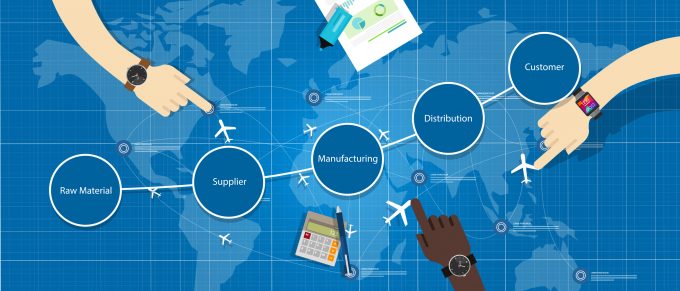Supply chain in the era of the new 'NOT normal'
… and no hasty solution

Not everyone agrees that Gartner’s supply chain rankings are correct. For one thing, 50% of the components used to create it is based on opinion. Nevertheless, it’s still interesting – and Gartner has released its 2016 list of the top 15 supply chain organisations based in Europe.
Four of the top five from last year have stayed in peak position. H&M this year beat Inditex to come in at numbers two and three respectively, while Schneider Electric rose into the top five. L’Oréal slipped to number six. Unilever, however, maintained not only its number one spot in Europe, but it also ranked top globally.

For the first time, CSR was included in the components. “The emphasis on CSR is not only driven by investors, but also by consumers, employees and the general public, all of whom expect businesses to run socially responsible supply chains and for their methods and results to be made public,” said Stan Aronow, research vice president.
Gartner also noted that advanced analytics is becoming more widely used among top companies.
The company stated: “The use of predictive and prescriptive analytics is becoming more prevalent within leading European organisations across all sectors. For example, Nestlé uses predictive analytic algorithms to support its global engineering process flows and expand its supply chain. BASF is developing a single platform supply chain control tower, applying advanced prescriptive analytics to remove silos in its supply chain and create a value-based supply chain ecosystem.”
It added that digital business is also increasingly common, with Schneider Electric now receiving more than 70% of its orders electronically.
And, of course, Europe is now clouded by Brexit. An uncertainty which, said Gartner, could be mitigated by optimising supply chain functions and delivering good strategies.

Notes for 2015:
1 ROA: ((2014 net income/2014 total assets)*50%) + ((2013 net income/2013 total assets)*30%) + ((2012 net income/2012 total assets)*20%)
2 Inventory Turns: 2014 cost of goods sold/2014 quarterly average inventory
3 Revenue Growth: ((change in revenue 2014-2013) *50%) + ((change in revenue 2013-2012) *30%) + ((change in revenue 2012-2011) *20%)
4 Composite Score: (peer opinion*25%) + (Gartner opinion*25%) + (ROA*25%) + (inventory turns*15%) + (revenue growth*10%)
*2014 data used where available. Where unavailable, latest available full-year data used. All raw data normalized to a 10-point scale prior to composite calculation. “Ranks” for tied composite scores are determined using next decimal point comparison.
Notes for 2016:
1 ROA: ((2015 net income / 2015 total assets)*50%) + ((2014 net income / 2014 total assets)*30%) + (2013 net income / 2013 total assets)*20%)
2 Inventory Turns: 2015 cost of goods sold / 2015 quarterly average inventory
3 Revenue Growth: ((change in revenue 2015-2014) *50%) + ((change in revenue 2014-2013) *30%) + ((change in revenue 2013-2012) *20%)
4CSR Component Score: Index of third-party corporate social responsibility measures of commitment, transparency and performance.
5 Composite Score: (Peer Opinion*25%) + (Gartner Research Opinion*25%) + (ROA*20%) + (Inventory Turns*10%) + (Revenue Growth*10%) + (CSR Component Score*10%)
Source: Gartner (September 2016)
Comment on this article